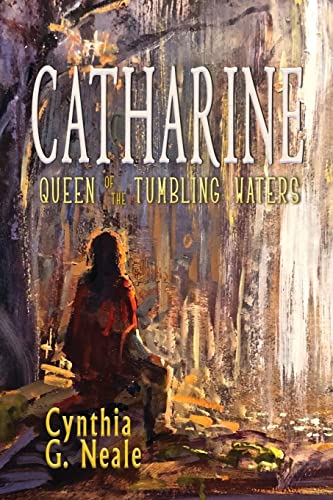Catharine, Queen of the Tumbling Waters
This novel is a compelling narrative of Catharine Montour, a Métis (mixed French and Native heritage) woman who lived in Pennsylvania and New York during the time of the French and Indian Wars and the American Revolution. Raised as a member of the Oneida tribe, descended from Algonquins, having kinship ties with Senecas and friendship with Mohawks and Delawares, Catharine lived her life under the umbrella of the Iroquois Confederacy of Six Nations, known to the Europeans as the Haudenosaunee.
Catharine was also part of a unique family, the Montours, who were considered somewhat privileged as tribal members. Her grandmother came from New France (Quebec) and built contacts and prestige through her service as an interpreter between Native tribes and the Europeans. Her mother then aligned the family to the British Christian missionaries who lived among them. Catharine herself had direct contact with many people across the shifting alliances, treaties, and land cessation deals occurring between multiple Native tribes, the British, and the French. This novel follows her story through these shifting changes in her quest for personal peace for herself, her family, and her tribe members. She finds personal peace in a place of waterfalls, which becomes known as Montour Falls in New York.
Written in a lyrical style, this novel effectively evokes the terror of the times and the joyful moments of private life in Catharine’s relentless quest for peace. It weaves in images of living and moving across cultures, and it offers readers a very broad view of forces in effect in colonial America probably not known to many of us. It seems a fitting tribute to the life of a remarkable woman.










